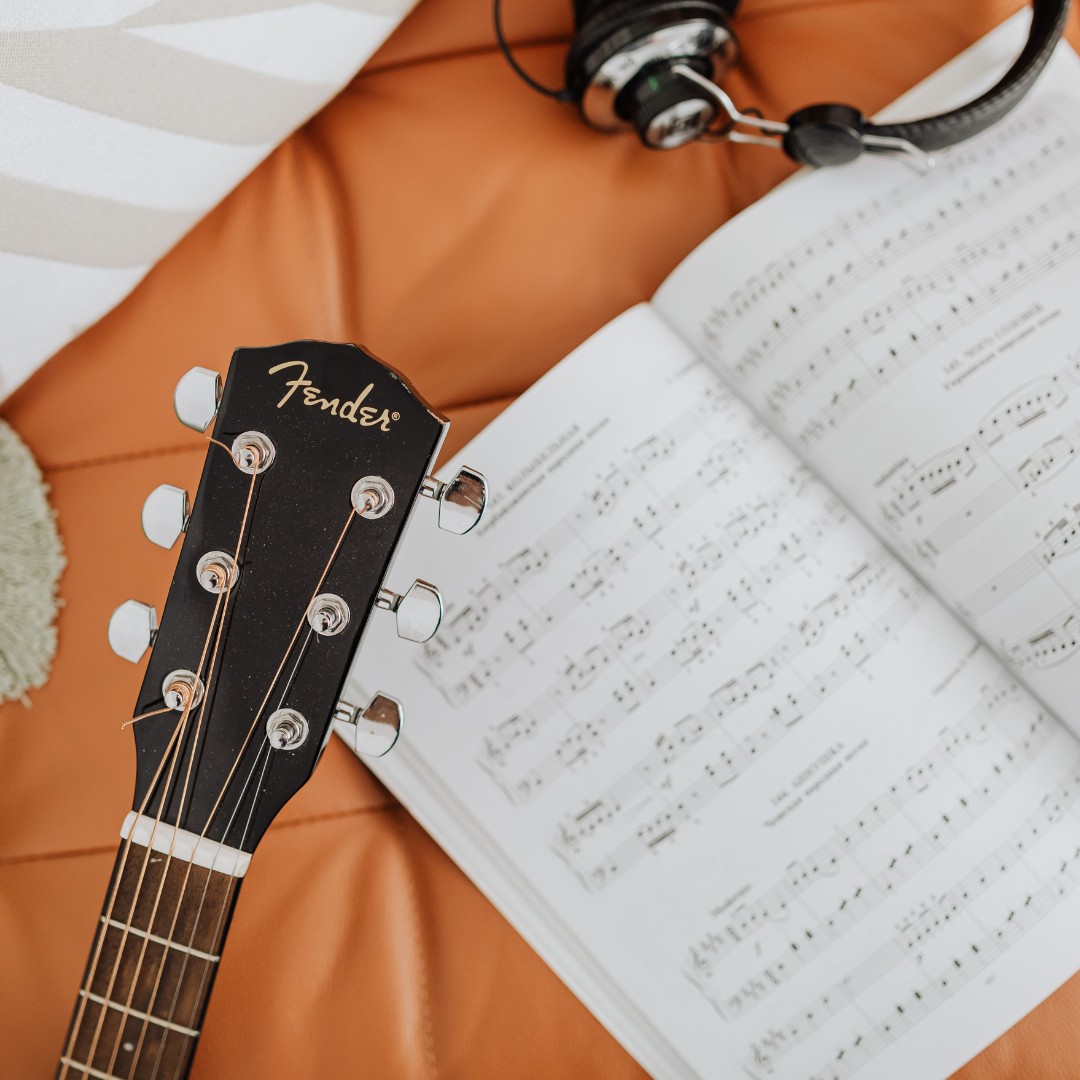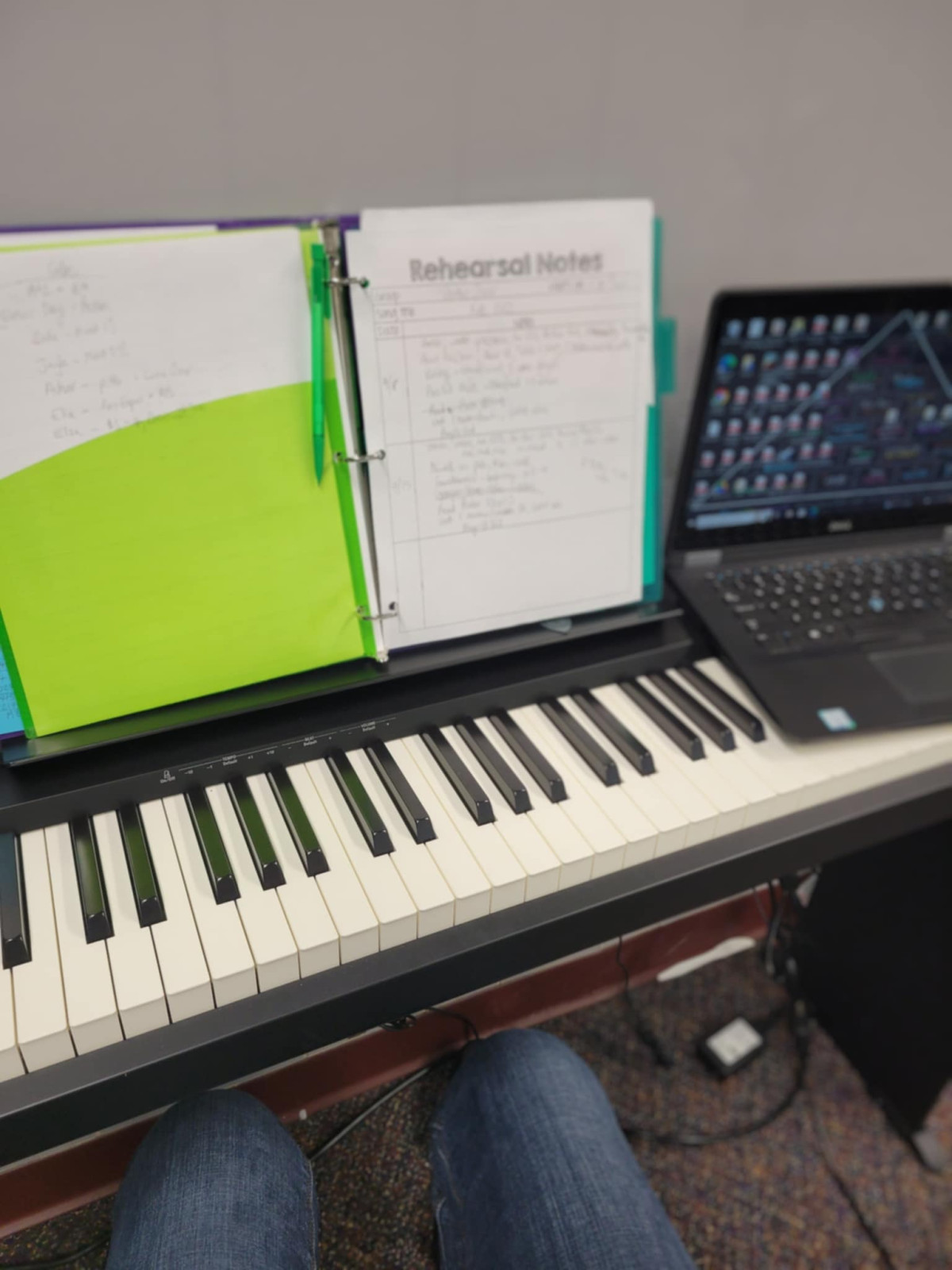
Finding engaging and educational resources is essential for homeschooling parents. ABC books are a fantastic way to introduce young learners to the alphabet while instilling Christian values. Here’s a curated list of favorite ABC books & workbooks that combine literacy skills with teachings of faith, perfect for preschool and early elementary students.
Top ABC Books for Christian Homeschoolers
- The Biggest Story ABC Board Book
This beautifully illustrated board book introduces children to the grand narrative of the Bible, with each letter representing a key biblical concept or character. It’s an engaging way to teach both literacy and foundational faith principles. - ABC's of How God Made Me
This book explores a child's identity in Christ through the alphabet, helping young learners understand their worth and purpose from a biblical perspective. It’s both educational and spiritually enriching. - ABC Bible Verses
This book pairs each letter of the alphabet with a memorable Bible verse, encouraging children to memorize scripture while learning letter recognition. It effectively integrates faith into early literacy education. - ABCs of Bible Characters
Written by Sunny Kang, this book introduces children to key figures from the Bible, with each letter representing a different character. Each entry includes a brief description, helping kids learn about the lives and significance of biblical figures in a fun, engaging way. - ABCs of Prayers
This book teaches children about the importance of prayer through the alphabet. Each letter corresponds to a different aspect of prayer, helping young readers understand how to communicate with God and the significance of prayer in their lives. - The Reformation ABCs
This book offers a child-friendly introduction to key figures and concepts of the Reformation, making church history relatable and fun. It’s an excellent resource for teaching historical themes alongside alphabet skills. - Church History ABCs
This title provides an overview of significant events and figures in church history, presented in an age-appropriate manner. It’s a great way to introduce children to the rich heritage of Christianity while reinforcing letter recognition. - Bible ABCs: People of the Word
This book highlights important individuals from the Bible, with each letter representing a different person. It provides short, engaging stories that help children learn about the lives and contributions of biblical figures, making it a valuable addition to any Christian library. - Bible History ABCs
This unique book takes children on a journey through major biblical events, connecting each letter to important narratives and characters from Scripture. It’s an engaging way to teach both literacy and biblical knowledge. - ABCs of God's Names Workbook
This workbook combines learning the alphabet with discovering 52 names of God. It includes activities such as coloring, letter tracing, and games that help strengthen children's understanding of God's character. This resource is perfect for reinforcing early learning concepts while reflecting on the nature of God. - ABC Adoration Coloring Book
This interactive coloring book allows children to express their creativity while learning about worship and adoration. Each page features illustrations related to the themes of praise and worship, making it a fun way for kids to engage with their faith while developing fine motor skills.
Additional Resources
- Christian Light's ABC Readiness Series
This comprehensive series includes workbooks that teach the alphabet through engaging activities, seamlessly integrating biblical stories and principles. It promotes both literacy and spiritual understanding in a structured format. - The Ology: Ancient Truths, Ever New by Marty Machowski
This beautifully illustrated beginner's theology book helps kids understand who God is and how we, as His children, relate to Him. Arranged within a traditional systematic theological framework, it connects each truth to the larger redemptive story of Scripture. The engaging narrative and creative illustrations make complex theological concepts accessible for young readers, making it an excellent resource for family devotionals.

Vocal Health and Injury Prevention
Enhancing Performance Quality
Building Confidence During Voice Change
Long-term Benefits
Making Vocal Health Fun for Young Singers

1. Family Music Nights
2. Learning to Play a Musical Instrument
3. Dance Parties
4. Call and Response Songs
5. Storytelling with Music
6. Karaoke Challenges
7. Musical Exploration Space
8. Songwriting Workshops
9. Informal Concerts
10. Join a Choir or Ensemble

Recommended Ukuleles for Beginners
- Makala Shark Soprano Ukulele: This colorful and fun ukulele is perfect for beginners. It features a sturdy build and reliable sound quality, making it a favorite among new players. The playful design adds an element of joy to learning.
- Makala Dolphin Soprano Ukulele: Another vibrant option, the Dolphin is known for its playful design and excellent sound. It's lightweight and easy to handle, making it ideal for young learners. The variety of colors available allows for personal expression.
- Kala Soprano Ukulele (Brown): A classic choice, the Kala soprano offers a warm tone and traditional look. It's well-constructed and perfect for those who appreciate a more classic aesthetic. This ukulele is known for its durability and sound quality.
- Cordoba Soprano Ukulele (Brown): Renowned for its craftsmanship, this ukulele provides a smooth playing experience and a balanced tone. It's a great option for those who want quality in a beginner instrument. The Cordoba brand is synonymous with quality and reliability.
- Cordoba Concert Size Ukulele (Brown): If you prefer a slightly larger instrument, the concert size offers more room on the fretboard, making it easier for some players to navigate (especially if you are an adult beginner with larger fingers). This model is perfect for those who may find the soprano size a bit cramped.
Essential Accessories
- Tuner: A reliable tuner is essential for keeping your ukulele in tune. It helps ensure that you spend more time playing and less time tuning. A good tuner will make a noticeable difference in your practice sessions. Get one here.
- Binder or Folder for Music: Keeping your music organized is key to effective practice. A binder or folder will help you store sheet music, chord charts, and lesson notes in one place, making it easier to track your progress.
- Case: A case for your ukulele is essential. I recommend the hard cases rather than soft ones if you are going to be traveling a lot with your ukulele. After all, they are small and portable for a reason! I spend half as much on my case as I did on my ukulele, for reference. Keep your instrument safe and in good condition for years to come.
Recommended Books

Rotating Turns: A Balanced Approach
1. Plan Your Activities Well
- Solos During Echo Songs or Tonal Patterns: Encourage students to sing back a short echo for a warm-up, call and response or echo song, or tonal pattern (if you use Conversational Solfege). In this way, you can truly have every student sing a solo (one line of the echo song) even in large classes and it takes less than 3 minutes!
- Instrumental Rotations: Utilize an instrument for a beat-keeping activity that holds attention (a loud one you don't use often is good for this because you only take out one at a time!). Each student takes a turn playing that instrument to the steady beat while the class speaks or sings a rhyme or simple song to the beat that student set the tempo with. You get to assess that student's steady beat! And each student eventually gets a turn with the special instrument. Pro tip: write down the student's assessment score (referencing a rubric if needed) to check off that they got a turn.
2. Divide and Conquer
- Session 1: Begin with every student doing the echo or beat keeping on their lap together. Ensure that they can confidently do it as a group.
- Session 2: Begin with confident students/students you know will be a good model of what you are wanting to accomplish if they are new at this. Take requests of who wants to go next or follow a predescribed pattern like "go around the circle."
- Session 3-4: Complete with the remaining students, ensuring everyone has had a chance to participate.
Keeping Track: The Importance of Documentation
1. Use a Turn Tracker
2. Assess and Reflect
Building Connections: The Power of Individual Attention
1. Personalized Feedback
2. Foster a Supportive Environment
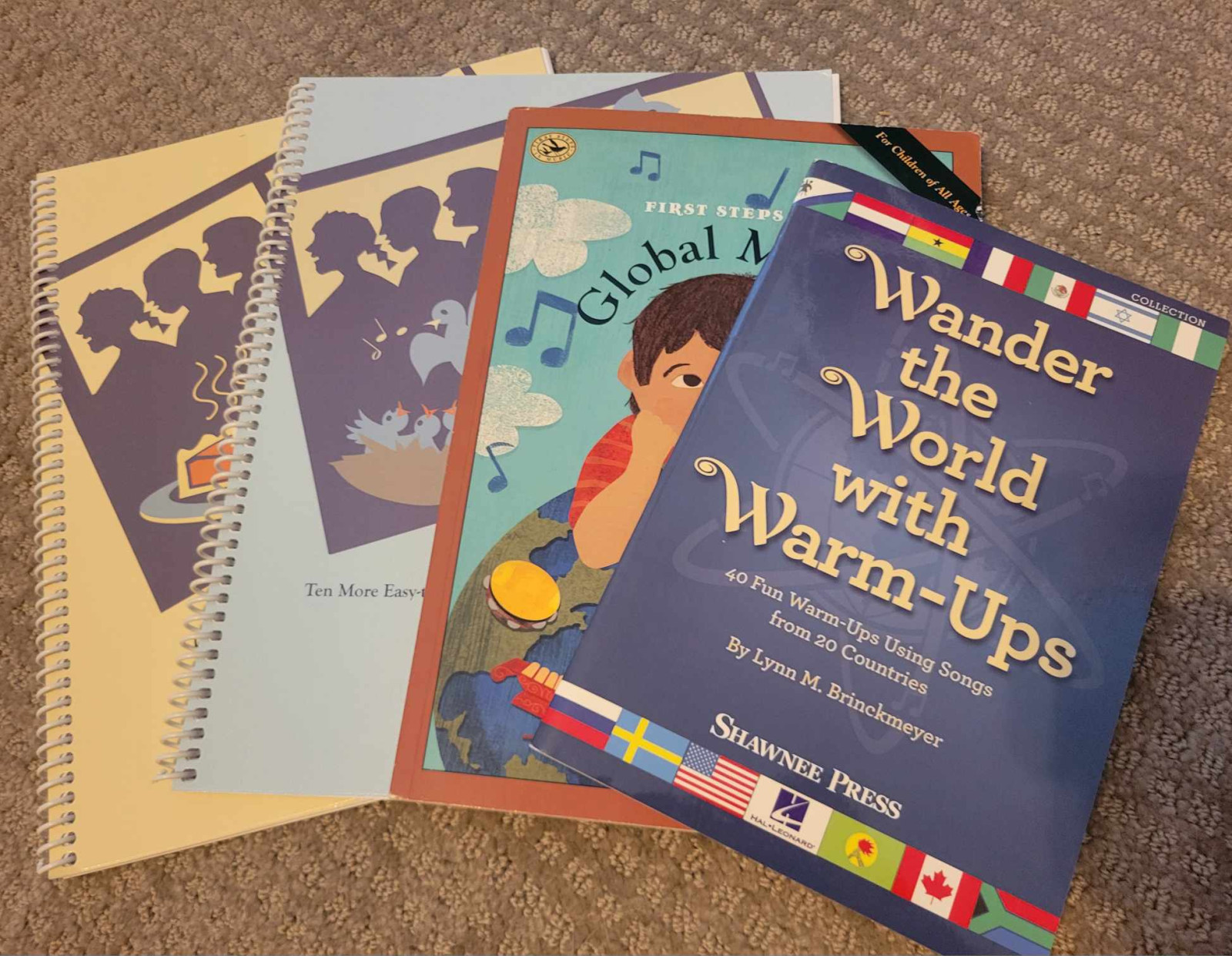
Sing in Parts Vol. 1 & 2
The Book of Canons
First Steps in Global Music
Wander the World with Warm-Ups
The King Singers Book of Rounds
Transform Your Life & Business with Martha Krejci's "Big Think Revolution": A Music Teacher's Review

Overview of "Big Think Revolution"
Why Regular Revisits Are Crucial
- Refocus on my goals and adjust my strategies
- Identify new opportunities for growth in my music teaching business
- Improve my time management skills, balancing homeschooling and entrepreneurship
- Stay motivated and inspired, especially during challenging times
How "Big Think Revolution" Leveled Up My Business
Conclusion
My Top 8 Slow Fashion Natural Baby Clothes Brand Favorites: Organic Cotton & Ethically Sourced Linen
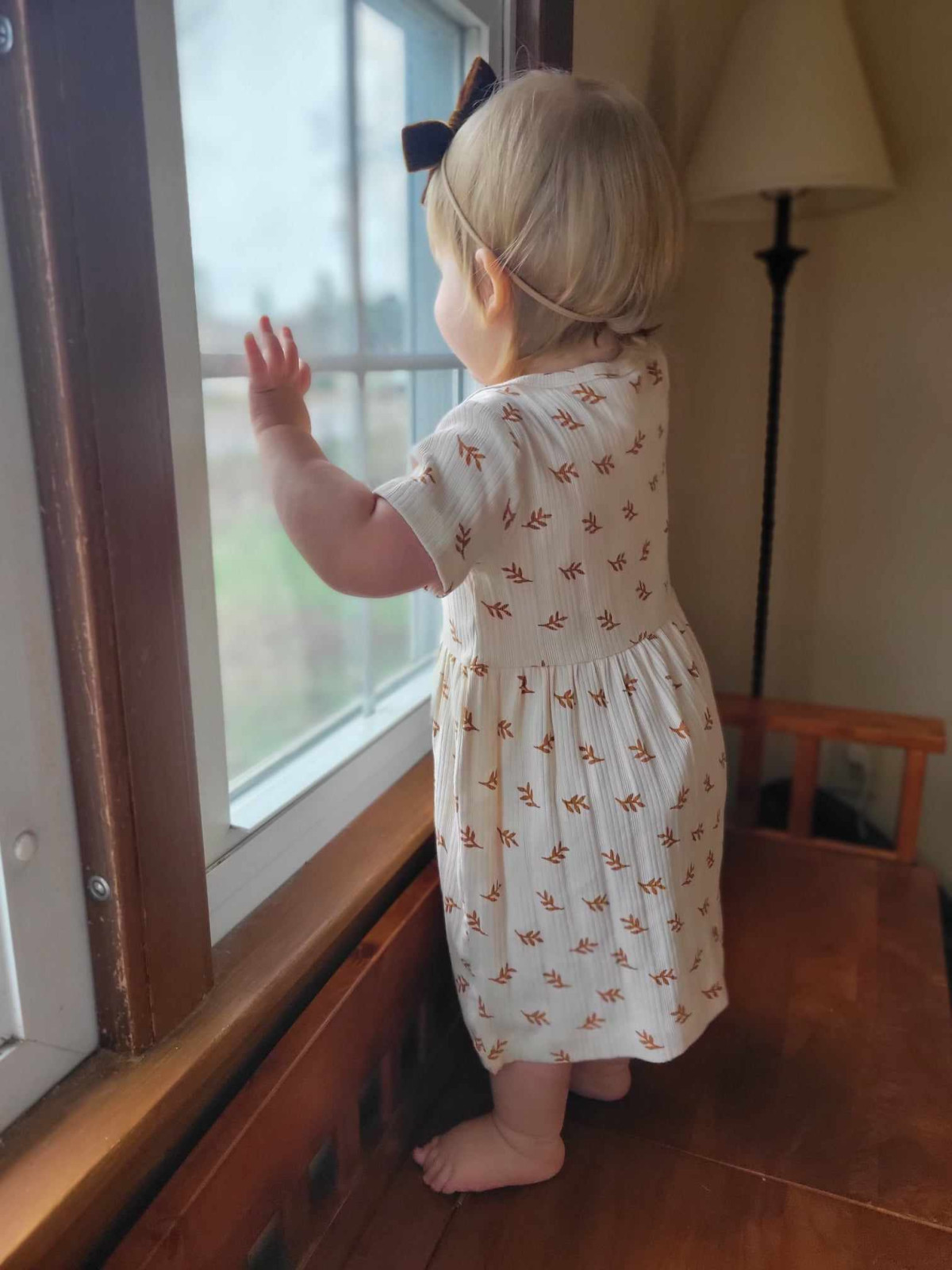
Why Choosing Slow Fashion and Natural Baby Clothes Matters
- Health and Safety: Babies have sensitive skin that can react to harsh chemicals found in conventional clothing. Natural fibers like organic cotton and ethically sourced linen are free from harmful pesticides and toxins, making them safer for our little ones.
- Environmental Impact: The fashion industry is one of the largest polluters in the world. By opting for sustainable brands that use eco-friendly materials and ethical production methods, we are helping to reduce waste and pollution, contributing to a healthier planet.
- Support for Ethical Practices: Many slow fashion brands prioritize fair labor practices, ensuring that workers are paid fairly and work in safe conditions. Supporting these brands means we are advocating for social responsibility in the fashion industry.
- Durability and Longevity: Natural fabrics are often more durable than synthetic alternatives, meaning they can withstand the wear and tear of baby life. This durability makes them ideal for hand-me-downs, reducing waste and promoting a circular economy.
- A Positive Example: By choosing sustainable and ethical clothing for our babies, we set a positive example for future generations. Teaching children about the importance of sustainability and ethical consumption can instill values that last a lifetime.
1. Burt's Bees Baby: Affordable Organic Comfort
- 100% GOTS-certified organic cotton for reliable quality
- Adorable designs at affordable prices
- Durable garments perfect for hand-me-downs
- Easy-to-use footed onesies and zip-up rompers for quick dressing
2. Finn + Emma: Whimsical and Ethical
- 100% organic cotton and eco-friendly dyes
- Fair trade production practices that support ethical sourcing
- Unique designs with natural wood accessories
- Perfect for parents seeking ethically-made, stylish baby apparel
3. Primary: Colorful Basics for Easy Mix-and-Match
- GOTS-certified organic cotton clothing
- Vibrant, solid colors for easy outfit coordination
- Budget-friendly options under $30
- Tagless designs and pre-washed fabrics for maximum comfort (great for sensitive skin & sensory needs!)
4. Aster & Oak: Australian Organic Elegance
- Soft, natural fabrics with beautiful designs
- GOTS-certified materials that are ethically sourced
- Ethical production practices
- Functional and stylish options for eco-conscious parents
5. Colored Organics: Comfort with a Cause
- Wide range of organic cotton baby and kids' clothes
- Super cozy, hypoallergenic fabrics for sensitive skin
- Socially responsible business model helping children in need
- Diverse collections including muslin and ethically sourced linen options
6. Kate Quinn: Luxurious Organic Fashion
- GOTS-certified organic cotton and eco-friendly dyes
- Ethically sourced materials ensuring safe production
- Vibrant colors and playful patterns
- High-quality, unique designs popular among parents seeking premium organic baby clothes
7. Toby Tiger: Fun and Colorful Designs
- 100% organic cotton clothing
- Bright colors and fun patterns that make dressing enjoyable
- Commitment to ethical production practices
- Durable and comfortable options that withstand active play
8. MakeMake Organics: Minimalist and Gender-Neutral
- GOTS-certified organic cotton clothing
- Modern, calming designs
- Gender-neutral options
- Focus on simplicity, comfort, and ethically sourced fabrics

- Sound therapy
- NUCCA chiropractic care -- I recommend Spine and Body Renewal in Rockford IL if you need one locally.
- Cognitive behavioral therapy
- Occupational Therapy -- I recommend Spine and Body Renewal in Rockford IL if you need one locally.
- Mindfulness-based techniques
- Hearing aids (for those with associated hearing loss)
- Stress reduction techniques
- Lifestyle modifications
- Using white noise or nature sounds to mask the tinnitus
- Practicing relaxation techniques like meditation or yoga
- Maintaining spinal alignment through NUCCA care
- Joining support groups to share experiences and coping strategies
- Maintaining a healthy lifestyle with good sleep habits and regular exercise
- Learning body mechanics through Occupational Therapy that can help with easing symptoms
- Exploring new technologies like bimodal stimulation devices
- Consult a Professional: Seek guidance from a healthcare provider before starting any detox regimen. They can perform tests to confirm heavy metal toxicity and recommend appropriate treatments.
- Chelation Therapy: This medical procedure involves the administration of chelating agents that bind to heavy metals, allowing them to be excreted from the body. It should be performed under medical supervision due to potential side effects.
- Dietary Changes: Incorporate foods that support detoxification, such as leafy green vegetables, herbs, spices, and algae. These foods can help break down and eliminate heavy metals from the body.
- Supplements: Certain supplements, such as those containing glutathione, can aid in the detoxification process by promoting the excretion of heavy metals.
- Hydration and Exercise: Staying hydrated and engaging in regular physical activity can support the body's natural detoxification processes.

5 Key Changes That Improved My TMJ Health
- Revamping My Diet
- We eliminated sugar, caffeine, most dairy (especially for my husband, who has IBS), and processed foods from our diet.
- Our meals now focus on fresh fruits and vegetables, with einkorn as our primary grain.
- We also incorporated supplements that promote joint health and overall wellness, which have surprisingly improved the strength and appearance of my hair and nails.
- Chiropractic Support
- Regular visits to a specialized chiropractor have been beneficial, as they help us maintain proper alignment and use tools that help us keep that alignment longer.
- I wear a custom night splint that allows my jaw to slide rather than clench, primarily protecting my teeth rather than fully preventing clenching.
- Mindfulness and Emotional Regulation
- I’ve worked diligently to manage my mindset and emotional responses, as well as to balance my hormones.
- Previously, I was prone to anxiety and often magnified small worries. By focusing on affirmations and embracing positive truths, I’ve made significant strides in my emotional well-being. The Big Think course was key for me in growing my mind to be prepared for new big things!
- Targeted Supplementation
- Addressing deficiencies in the body is vital, particularly concerning joint health, gut function, and detoxification issues like tinnitus.
- In a world where our bodies can sometimes falter, providing high-quality, bioavailable supplements can help us reclaim our health. Remember, healing is a gradual process that requires patience and consistency.
- Prioritizing Sleep
- Quality sleep is foundational to overall health and wellness. Ensuring I get restorative rest has been a game-changer in my journey.
Want to Learn More?

1. Nourish Your Body with Nutrient-Dense Whole Foods
- Colorful fruits and vegetables for vitamins and antioxidants (whole food purees are good too!!)
- Lean proteins for muscle development
- Whole grains for sustained energy
- Healthy fats, especially omega-3s, for brain development
2. Supplement Wisely with Prenatal Vitamins
- Essential folate for neural tube development
- Iron for increased blood volume
- Calcium and vitamin D for bone health
- Easy-to-take gummy form for better compliance
3. Educate Yourself on Natural Childbirth
- The physiology of natural labor
- Techniques for managing pain naturally
- Inspiring birth stories
- Tips for creating a supportive birth environment
4. Maintain an Active Lifestyle
- Improved mood and energy levels
- Better sleep quality
- Preparation for labor and delivery
- Faster postpartum recovery
5. Master Relaxation Techniques
- Deep breathing exercises
- Prenatal meditation
- Progressive muscle relaxation
- Prenatal massage
6. Stay Hydrated for Two
- Amniotic fluid maintenance
- Nutrient transportation
- Toxin elimination
- Preventing common pregnancy discomforts
7. Trust Your Instincts and Listen to Your Body
- Rest when you're tired
- Eat when you're hungry
- Seek medical advice if something feels off
8. Incorporate Music for Prenatal Bonding
- Classical music may enhance fetal brain development
- Singing to your baby can strengthen the maternal-fetal bond
- Calming melodies can reduce maternal stress and anxiety
9. Research Various Feeding Methods
- Breastfeeding: Learn about techniques, benefits, and potential challenges. Resources like La Leche League or certified lactation consultants can provide valuable information and support. I wrote a blog post of my own recommendations you can check out here!
- Formula feeding: Understand the types of formula available, preparation methods, and how to choose the right one for your baby.
- Combination feeding: Research how to successfully combine breast milk and formula, including maintaining milk supply and introducing bottles.
Conclusion
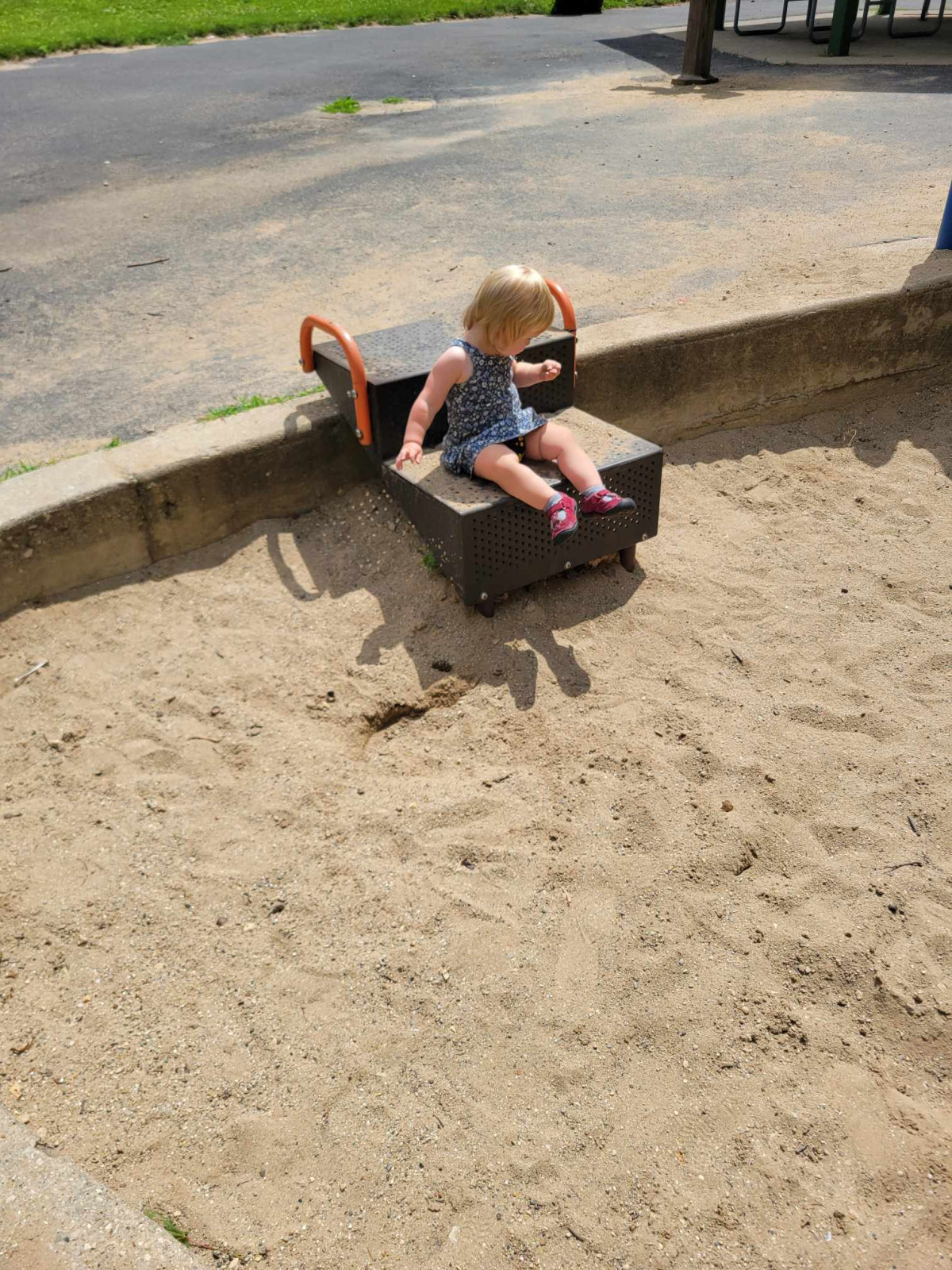
- God gives good gifts to His children.
- We need to be listening and attentive to His voice.
- Patience is key in receiving God's blessings.
- We must be willing to ask, wait, be still, and spend time with Him.
- It's crucial not to make assumptions about the outcomes of our obedience.
Have you experienced God's perfect timing in your life recently? Share below and encourage others with how God has surprised you with His goodness!



